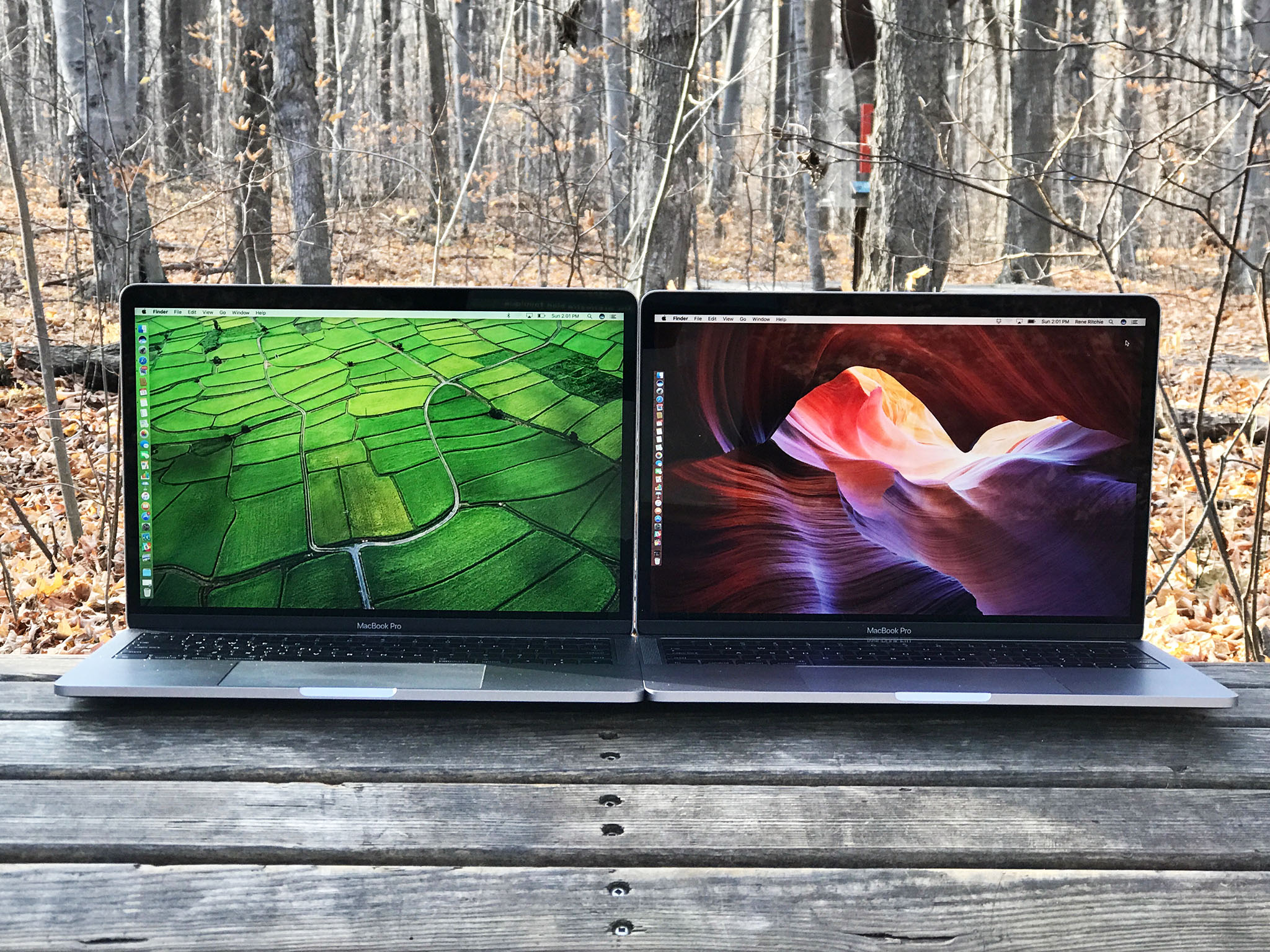MacBook Pro (2018): What's changed and what matters most

The new MacBook Pro, launched in 2016, came with Intel's Skylake architecture. The second iterations, launched in 2017, updated to Kaby Lake. Now, in 2018, we have Coffee Lake.
Other than that, all of the latest generation MacBook Pros are similar. So, are there really any differences worth upgrading for?
Which MacBook Pro should you get?
Skylake vs. Kaby Lake vs. Coffee lake
Once upon a time, Intel was on a tick-tock processor clock. One year it would shrink the process, and the next year it would revamp the architecture. But then things got hard. So now Intel is doing tick-optimize-optimize-optimize... maybe even tock. The result is that, while processors are still improving, those improvements are composed of several small steps instead of a couple strides.
Coffee Lake throws cores at the problem
Kaby Lake added little to Skylake. It ran a bit faster, and it added 10-bit HEVC (H.265) video support with as opposed to just 8-bit HEVC. What that means is, while both can hardware accelerate 4K video, only Kaby Lake can do it for 4K HDR (high dynamic range). So Kaby Lake is better equipped for the future of video... when and if it ever arrives on the Mac.
Coffee Lake throws cores at the problem. Where the 13-inch MacBook Pro was previously dual-core, now it's quad-core. Where the 15-inch was previously quad-core, now it's 6-core. Single threaded tasks can still get a boost but, if you have truly multi-threaded workloads, you'll get 50 percent more cores to throw them at.
Intel Iris Pro vs. Intel Iris Plus
On the graphics side, Skylake was paired with Intel Iris Pro integrated graphics and Kaby Lake has Iris Plus integrated graphics. It's also tough to separate marketing differences from real-world performance differences, but the Kaby Lake MacBook Pro does feel slightly snappier than the Skylake one did.
Master your iPhone in minutes
iMore offers spot-on advice and guidance from our team of experts, with decades of Apple device experience to lean on. Learn more with iMore!
Coffee Lake doubles the eDRAM to 128 MB on the 13-inch MacBook Pro. Otherwise, the graphics improvements aren't mind-blowing. (But there are eGPU for that.)
LPDDR3 vs. DDR4 memory
The Skylake and Kaby Lake MacBook Pros all make use of low-power LPDDR3 memory, but that means they max out at 16GB. Given memory compression and ultra-fast swap, that's fine for most people. But what if you really need more?
Because Intel has yet to ship LPDDR4, The 15-inch Coffee Lake MacBook Pro sacrifices LPDDR3 for DDR4, losing power efficiency but gaining capacity — it now maxes out at 32GB.
So, if you really need more memory, you can get it.
1TB or 2TB vs. 2TB or 4TB
The 2016 and 2017 MacBook Pro also both tap out at 1TB for the 13-inch and 2TB for the 15-inch. The 2018 MacBook Pro? It can all the way to 2TB and 4TB respectively.
They're brain-bogglingly expensive, mind you, but if you really need maximum storage, you can finally get it on the 2018 model.
How much difference does a Lake Make?
Better is better. Coffee Lake is inarguably better than Kaby Lake and Kaby Lake is... a tad better than Skylake. But is it better enough to upgrade? To skip a refurbished model from last year or the year before for the full price of the new model?
If you're really doing cutting-edge work or need something simply not available on a previous model, like 10-bit H.265 encoding on the 2016 model, or 32GB of RAM and 2TB/4TB of storage on the 2017 model, then yes, you should get the latest and greatest.
Otherwise, stick with what you have or what you can get on sale. For most people, most of the time, it'll be more than fine.
Update August 2018: Updated with the latest 2018 Coffee Lake MacBook Pro.

Rene Ritchie is one of the most respected Apple analysts in the business, reaching a combined audience of over 40 million readers a month. His YouTube channel, Vector, has over 90 thousand subscribers and 14 million views and his podcasts, including Debug, have been downloaded over 20 million times. He also regularly co-hosts MacBreak Weekly for the TWiT network and co-hosted CES Live! and Talk Mobile. Based in Montreal, Rene is a former director of product marketing, web developer, and graphic designer. He's authored several books and appeared on numerous television and radio segments to discuss Apple and the technology industry. When not working, he likes to cook, grapple, and spend time with his friends and family.

